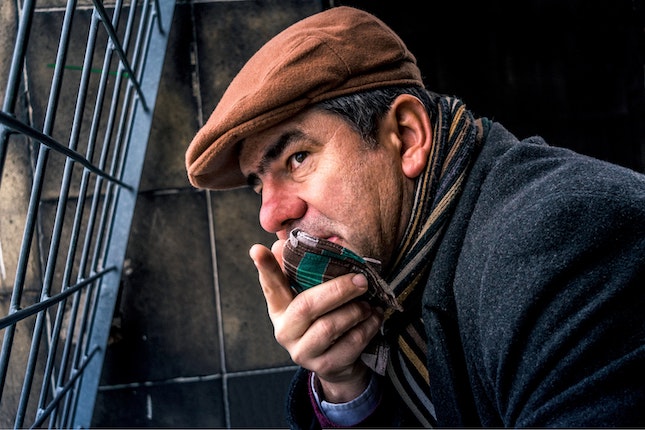Dialogue Tips for Mystery Writers
Listening Is a Writer’s Best Dialogue Skill
You won’t be searching for the 401 words to replace said because your reader will know who is speaking. You don’t want to use those words anyway; they take the reader out of the story. Get into your character. Think how they think and say what your character would say.
Where to Find Speech Patterns for Dialogue
Try getting out and just listening. Take notes. Write down phrases. Write down gestures and body language that accompanies the speech. The trick is to listen to other people speaking, people who are not like you.
Sit in a cafe and listen. Ride public transportation and listen. Go to a public meeting. Hang out at the mall where teenagers congregate. Watch men play bocce ball or petanque at the park. Hangout at an art museum or an opening at a gallery. Listen at PTA meetings.
You know the joke about being a writer and someone ending up in your book? Well, when it comes to dialogue, it’s not a joke.
Live in a isolated mountain cabin or have mobility concerns? No excuse. Use YouTube. You’ll find every character in your story expressing their opinion in their own words complete with body language.
Create Instant Subtext
A character says one thing but their body language says just the opposite.
Writer Joe Bunting in an article on subtext suggests that the best way to create subtext is with details. In dialogue the details are speech patterns, inflections, facial expressions, and body language are details that bring the words your character speaks to life.
The Research of Observation
Collecting dialogue snippets and notes echoes the same process as researching setting. You collect the details that fit your character the same way you collect setting details. Your craft as a writer weaves them into a story that keeps readers turning pages.
Zara Altair
Zara Altair writes mysteries set in ancient Italy. Her course for beginning writers Write A Killer Mystery is coming soon. Get on the notification list.
Photo by Anna Vander Stel on Unsplash




